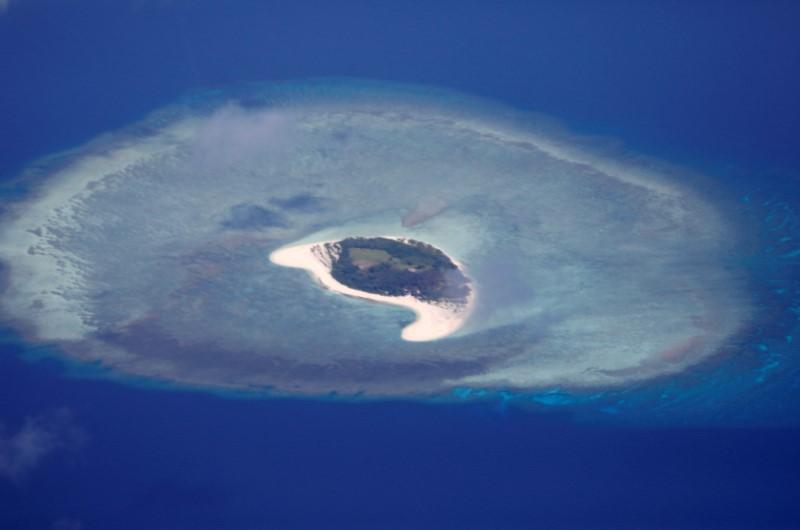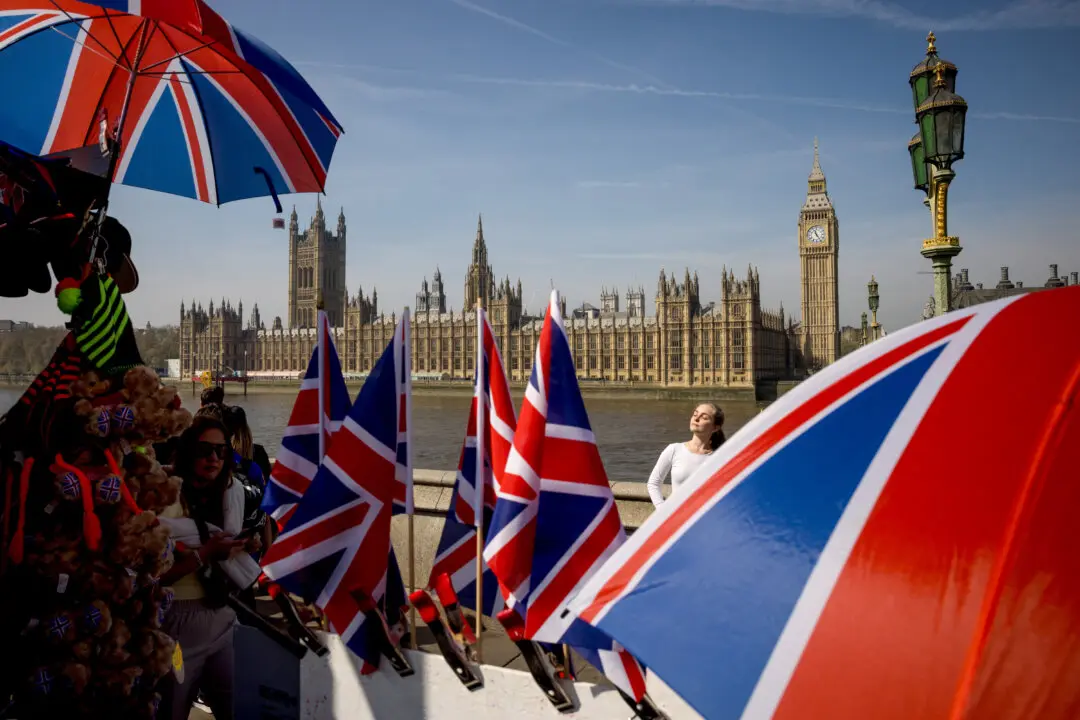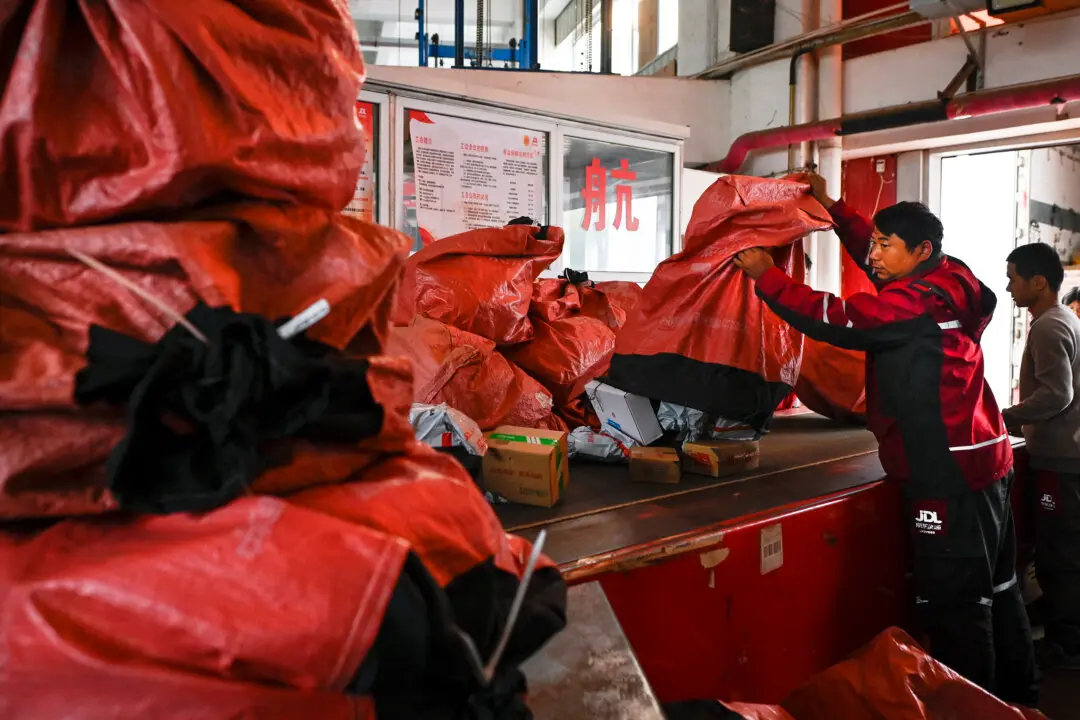Vietnam is building artificial islands at a record pace in the South China Sea as tensions with the Chinese communist regime increase in the disputed waters, according to a U.S. think tank.
Vietnam has built 692 new acres of islands through dredging and landfill since November 2023, the Washington-based Center for Strategic and International Studies’ Asia Maritime Transparency Initiative said in a report.




